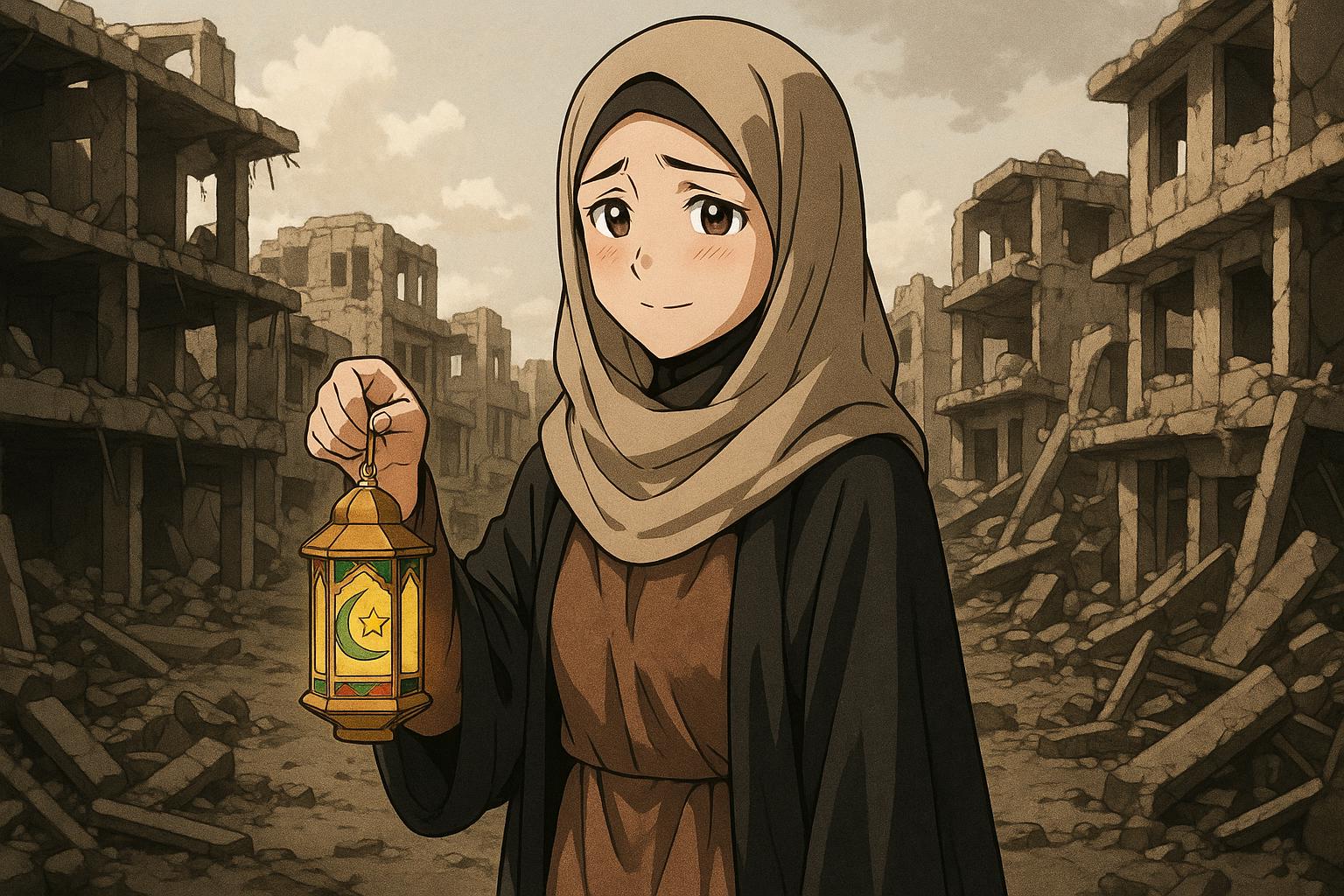Yasmine al-Saleh is filled with mixed emotions as her family returns to their home in al-Qaryatayn, located in the Homs province of Syria. Celebrating the Eid al-Adha holiday, her family has emerged from a years-long ordeal marked by life in a displacement camp notorious for its dire conditions. Although the home they returned to is in ruins — a casualty of nearly 14 years of civil conflict — al-Saleh reflects, “When I first entered my house — what can I say? It was a happiness that cannot be described.” Yet, the fragility of their situation looms large; surrounded by collapsed buildings, they face daily insecurities. With no financial resources, and her husband unable to work, al-Saleh’s joy is overshadowed by the stark reality of hunger and debt.
Last month, the last families trickled out of the Rukban refugee camp, once home to tens of thousands escaping the violence of the Assad regime and Islamic State forces. Set up in 2015, Rukban became a symbol of prolonged suffering, cut off from humanitarian aid due to a blockade enforced by the Syrian government and Jordanian authorities who closed borders in 2016. The United Nations and other charities struggled to deliver essentials, and many residents relied on smuggling to meet their basic needs, facing exorbitant costs for food and sanitation; Rukban was aptly dubbed a "death camp" by al-Saleh, who recounted her panic during childbirth when other women in the camp had died in similar circumstances.
The conditions in Rukban attracted international attention, especially after years of neglect. In June 2023, the Syrian Emergency Task Force succeeded in delivering much-needed supplies under Operation Syrian Oasis, marking a rare improvement after continuous blockades and humanitarian hindrances. Lt. Col. Ryan Harty, stationed nearby, confirmed the desperate situation, noting, “They lacked medical care, medical supplies, food — anything you could think of that you would need to sustain life, they lacked.” Recent aid efforts, including the involvement of the U.S. military and NGOs, provided sporadic relief, yet the overarching misery persisted.
As the political landscape in Syria shifts following the fall of Bashar al-Assad, the U.N. High Commissioner for Refugees has reported a swell of interest from around one million Syrian refugees to return home in early 2025. This desire for repatriation reflects a broader trend where former camps and conflict zones are seeing a movement back to areas once governed by regime forces. Research indicates that nearly 30% of Syrian refugees in the Middle East express a wish to return, driven by the harsh realities of life in host countries and the hope of rebuilding their lives, despite the challenges that lie ahead.
For many like al-Saleh, returning home is bittersweet. Bakir al-Najim, another returnee, shared, “After 10 years of displacement, we will celebrate Eid al-Adha back in our hometown,” but lamented their lack of resources to provide for their guests. Ahmed Shehata, CEO of Islamic Relief USA, indicated that humanitarian organisations are scrambling for funding to address the needs of returnees, further complicated by funding cuts from the U.S. government.
In the aftermath of such extensive displacement, the task of rebuilding both physically and emotionally is a monumental challenge. Al-Saleh, reflecting on her time at Rukban, encapsulated the harsh truth of that chapter in her life: “Rukban was a death camp.” Her family's struggle, echoed by countless others, underscores the long-lasting impact of the Syrian civil war and the ongoing humanitarian crisis as displaced families seek solace in familiar, but fragile, surroundings.
📌 Reference Map:
- Paragraph 1 – [1], [4]
- Paragraph 2 – [1], [2], [3]
- Paragraph 3 – [2], [4], [6]
- Paragraph 4 – [5], [6]
- Paragraph 5 – [1], [3], [7]
Source: Noah Wire Services
